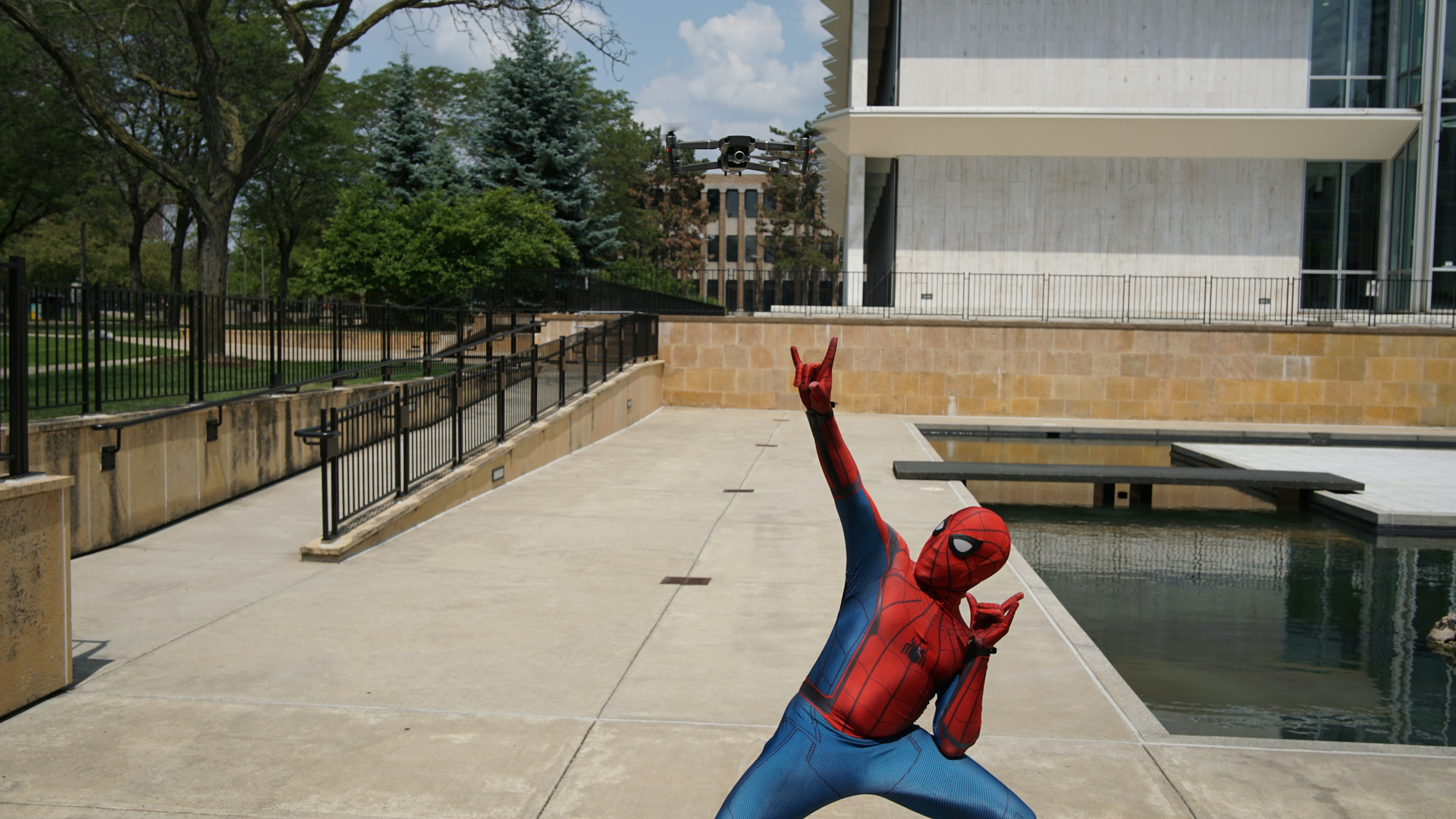Spotlight on Digital Art: A Journey into the Realm of Pixels and Possibilities
Introduction: Dive into the captivating world of digital art, a realm where technology and creativity intertwine. Discover how this innovative art form has evolved over the years, the profound impact it's made, and the exciting possibilities it presents for the future.
A Brief History of Digital Art
Digital art, a form of artistic expression that utilizes digital technology as a crucial part of the creative process, first emerged in the 1960s. Artists like Frieder Nake and Harold Cohen began exploring the potential of computer algorithms and programming languages to create groundbreaking visual art. This marked the birth of an entirely new artistic movement, a departure from traditional art forms, and a step into a universe of limitless creativity.
Current Developments in Digital Art
Fast-forward to the present day, digital art has evolved exponentially. The advent of innovative technologies such as 3D modeling, virtual reality, augmented reality, and digital painting has expanded the horizons of artistic expression. Notably, the recent explosion of NFTs (Non-Fungible Tokens) has revolutionized the digital art world, granting digital artists unprecedented recognition and financial reward for their work.
Impact and Reception of Digital Art
The impact of digital art is undeniable. It has democratized art, making it accessible to anyone with a computer and an internet connection. It’s also redefined the parameters of artistic creativity. Digital art has been met with both enthusiasm and skepticism. While some critics argue that it lacks the visceral quality of traditional art forms, others laud its innovative and boundary-pushing nature.
The Significance of Digital Art
Digital art has not only revolutionized artistic expression but has also significantly influenced other sectors such as advertising, film, and gaming. Its versatility and dynamic nature allow for endless possibilities, making it a powerful tool for communication and storytelling. Furthermore, it serves as a reflection of our increasingly digitalized society, underscoring the profound influence technology has on our lives.
The Future of Digital Art
The future of digital art is a thrilling prospect. As technology continues to advance at a rapid pace, we can expect to see even more breathtaking innovations in this field. From immersive virtual reality art exhibitions to AI-created masterpieces, the possibilities are endless. Digital art will continue to push the boundaries of what is possible, challenging our perceptions of art and reality.
The exploration of digital art offers a fascinating journey into a world where technology and creativity collide. As we continue to traverse the digital age, it’s clear that this innovative art form is not just a fleeting trend, but an integral part of our cultural landscape that is here to stay.






